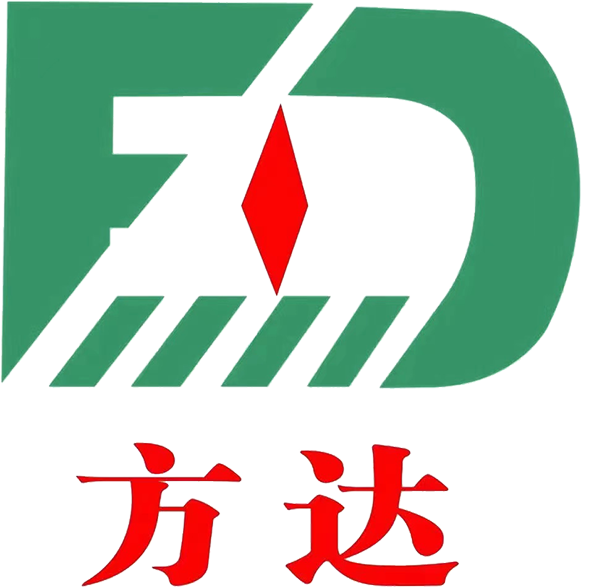In the ultraviolet (UV) curing industry, selecting the appropriate monomers is crucial for achieving the desired properties in coatings, inks, adhesives, and other applications. The choice of monomers affects the curing speed, mechanical properties, adhesion, flexibility, chemical resistance, and final appearance of the cured product. Here are some key considerations and commonly used monomers in the UV industry:
Key Considerations for Monomer Selection
-
Reactivity:
- High-reactivity monomers enable faster curing processes, which is essential for high-speed production lines.
- Monomers like acrylates and methacrylates are known for their high reactivity under UV light.
-
Mechanical Properties:
- Depending on the application, you may require monomers that provide hardness, flexibility, or toughness.
- Hard monomers (e.g., isobornyl acrylate) are used for scratch-resistant coatings, while flexible monomers (e.g., urethane acrylates) are preferred for applications requiring elasticity.
-
Adhesion:
- The choice of monomer affects adhesion to different substrates such as metals, plastics, glass, and wood.
- Hydroxyl-containing monomers (e.g., hydroxyethyl acrylate) improve adhesion due to their ability to form hydrogen bonds with the substrate.
-
Chemical and Environmental Resistance:
- For applications exposed to chemicals, moisture, or UV light, monomers that enhance chemical resistance and weatherability are essential.
- Monomers like hexanediol diacrylate (HDDA) and trimethylolpropane triacrylate (TMPTA) provide good chemical resistance.
-
Viscosity and Processability:
- The viscosity of monomers affects the application method and the final properties of the cured film.
- Low-viscosity monomers are used to formulate easy-to-apply coatings and inks, while higher viscosity monomers might be used to control flow and leveling properties.
Commonly Used Monomers in the UV Industry
-
Acrylates:
- Isobornyl Acrylate (IBOA): Provides hardness and chemical resistance, commonly used in coatings and adhesives.
- Hexanediol Diacrylate (HDDA): Offers low viscosity and good flexibility, suitable for various coatings and inks.
- Trimethylolpropane Triacrylate (TMPTA): A trifunctional monomer that enhances crosslinking density, providing hardness and chemical resistance.
-
Methacrylates:
- Isobornyl Methacrylate (IBOMA): Similar to IBOA but with a methacrylate backbone, offering improved adhesion and hardness.
- Hydroxyethyl Methacrylate (HEMA): Improves adhesion and flexibility, widely used in coatings and medical applications.
-
Urethane Acrylates:
- Urethane Acrylates: Known for their excellent mechanical properties, flexibility, and abrasion resistance. They are used in high-performance coatings and adhesives.
-
Epoxy Acrylates:
- Epoxy Acrylates: Provide excellent hardness, chemical resistance, and adhesion. They are used in high-performance coatings, especially where durability is critical.
-
Polyester Acrylates:
- Polyester Acrylates: Offer a balance between flexibility and hardness, suitable for a wide range of coatings and inks.
-
Specialty Monomers:
- Hydroxypropyl Acrylate (HPA): Used for its excellent adhesion properties and flexibility, making it ideal for sealants and coatings that require durable bonding.
- Glycidyl Methacrylate (GMA): Provides reactive epoxy functionality, enhancing chemical resistance and adhesion in coatings and adhesives.
Conclusion
The selection of monomers in the UV curing industry is a critical process that depends on the specific requirements of the application, including curing speed, mechanical properties, adhesion, and environmental resistance. By carefully choosing the appropriate monomers, formulators can tailor the performance characteristics of UV-cured products to meet the demands of various industrial applications.













